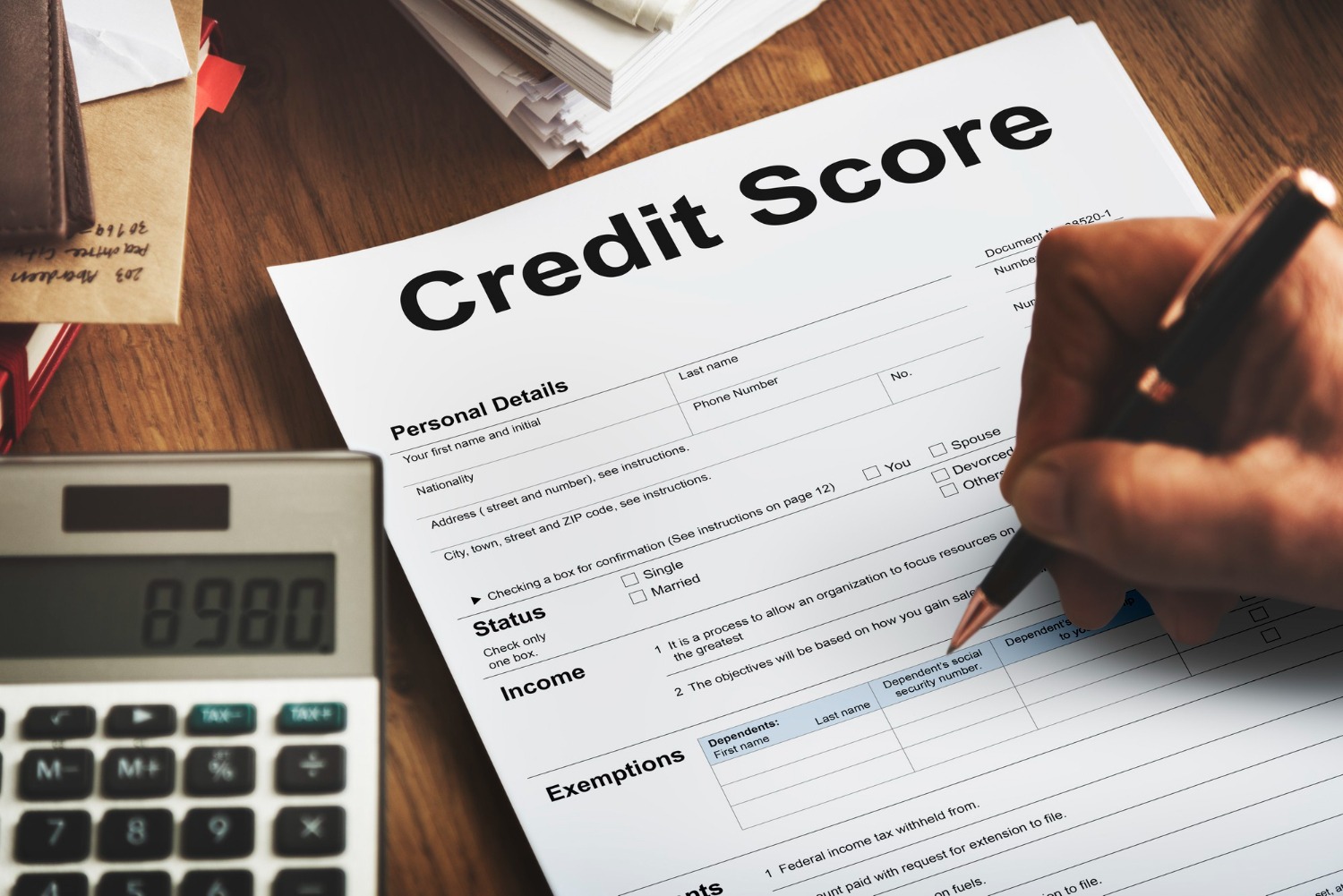Financial emergencies can strike at any time and can be a significant source of stress. Whether it’s a medical emergency, unexpected car repairs, or sudden job loss, being unprepared for these expenses can leave you scrambling for funds. An emergency loan is an option that can provide quick financial relief in such situations.
This blog post will discuss the details you need about emergency loans, including how they work, the different types of emergency loans available, and how to apply for one.
Emergency Loan and What Should You Know About It?
An emergency loan is a short-term, unsecured loan designed to provide individuals with quick access to funds during a financial crisis. These loans are generally repaid within a few weeks or months, with interest rates varying based on the credit score of the lender and the borrower.
Since emergency loans are unsecured, they do not require collateral, meaning you do not need to put up any assets to guarantee the loan. This makes emergency funding a convenient and accessible option for those who need urgent financial assistance.
Types of Emergency Loans
1. Personal Loans
Personal loans are unsecured loans that can be applied for various purposes, including emergencies. They can be obtained from banks, credit unions, and online lenders. Personal loans typically have fixed interest rates, and the repayment term can range from 12 to 60 months, depending on the lender and the borrower’s creditworthiness.
2. Payday Loans
Payday loans are short-term, high-interest loans designed to be repaid with the borrower’s next paycheck, commonly within two to four weeks. These loans are generally for small amounts, typically $500 or less. Payday loans can be an option for those with poor credit, as they usually do not require a credit check. However, due to their high-interest rates and fees, they should be considered a last resort.
3. Credit Card Cash Advances
A credit card cash advance is a typical short-term loan that can be obtained by withdrawing cash from an ATM or bank through your credit card. This option can provide immediate access to funds, but it usually comes with high-interest rates, fees, and no grace period for interest accrual.
4. Home Equity Loans/Lines of Credit
If you own a home property with equity, you can borrow against that equity using a home equity loan or a home equity line of credit (HELOC). These loans usually have lower interest rates but require your home as collateral.
5. Emergency Loans from Friends or Family
Borrowing money from friends or family may only sometimes be ideal, but it can be a viable option in some situations. This type of loan typically comes with more flexible terms and lower (or no) interest rates. However, it is necessary to keep the lines of communication open and set clear expectations to avoid damaging relationships.
How Do Emergency Loans Work?
The steps to get an emergency loan include the following:
1. Research and Compare Lenders
Before applying for an emergency loan, it’s crucial to research and compare different lenders to find the best loan terms and interest rates. Consider factors like loan amounts, repayment terms, fees, and eligibility requirements.
2. Complete an Application
Once you have picked a lender, you must complete an application that includes your personal information, employment status, and financial details. Some lenders may demand additional documentation, such as pay stubs or bank statements, to validate your income and loan repayment ability.
3. Wait for Approval
After submitting your application, the lender will evaluate your information and determine whether you qualify for the loan. The approval process can hold from minutes to days, depending on the lender and the type of loan.
4. Receive Funds
If your loan is approved, the lender will grant the money to your bank account within one to three business days. Some lenders may offer same-day funding or loan within 24 hours.
5. Repay the Loan
You are responsible for repaying the loan corresponding to the terms and conditions held by the lender. This may include making regular payments over a fixed period or repaying the entire loan amount with your next paycheck (in the case of payday loans).
Conclusion
Quick online loans involve researching and comparing different lenders, completing an application, waiting for approval, receiving funds, and repaying the loan according to the agreed-upon terms. Looking at your financial situation, interest rates, and repayment terms before committing to a loan is vital. Always borrow responsibly and ensure you can meet the repayment obligations to avoid negative consequences on your credit score and financial well-being.
365 Loans USA provides a convenient and efficient solution for individuals needing immediate financial assistance. By completing a brief 3-minute online application form, borrowers can gain access to the best-customized loan options available in the market. Contact us today to explore our online loans in the USA for those seeking a reliable and user-friendly avenue for obtaining financial support.





